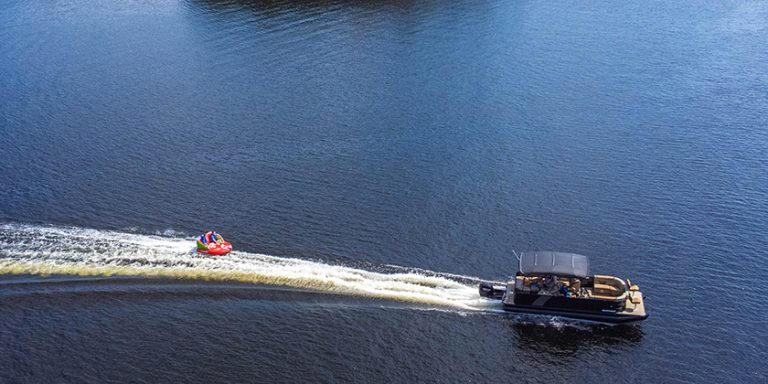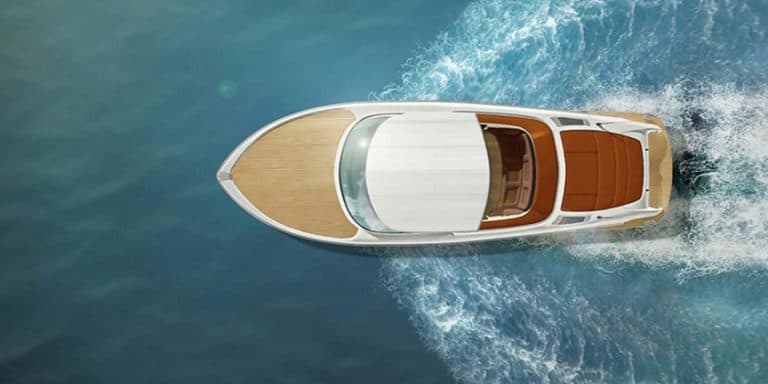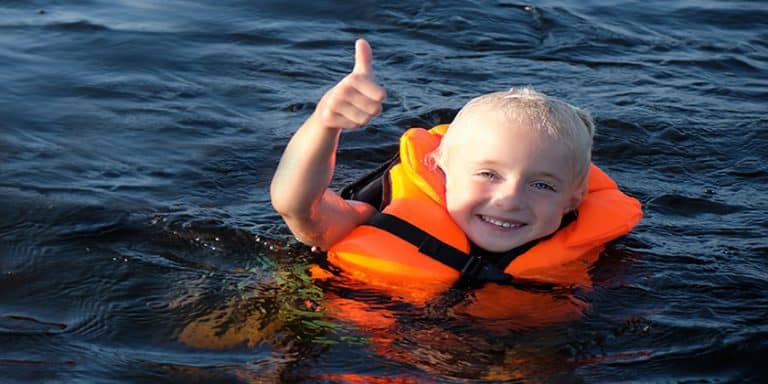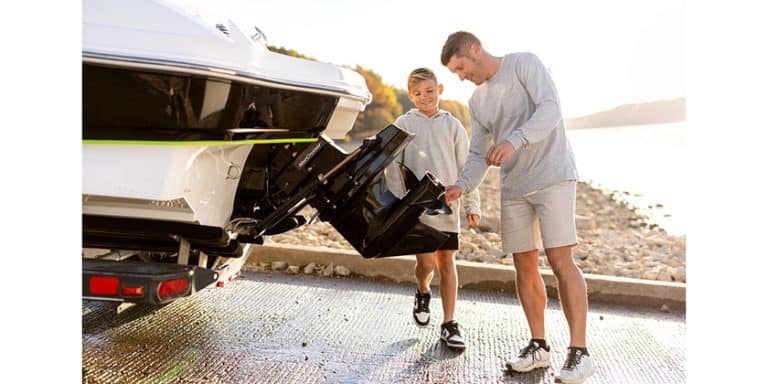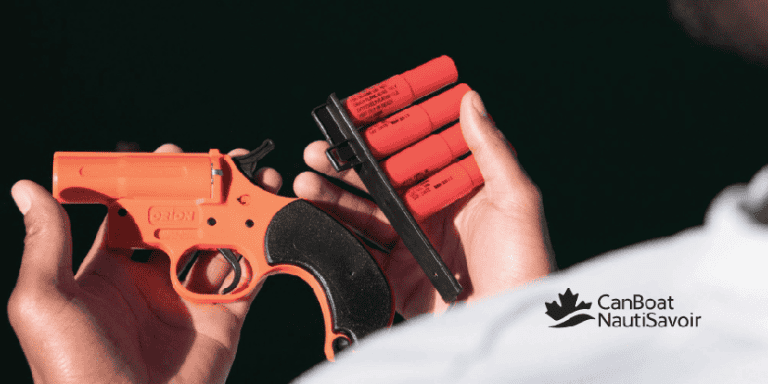“Water” Safety
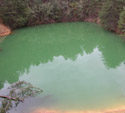
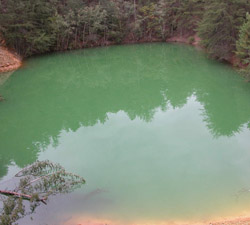 Many of us unwittingly know a few words of Samuel Coleridge’s epic poetic story, The Rime of the Ancient Mariner. The words that are often quoted, though their source is seldom acknowledged, refer to being far away on the briny ocean tossed and go like this: water, water everywhere, ne any drop to drink.
Many of us unwittingly know a few words of Samuel Coleridge’s epic poetic story, The Rime of the Ancient Mariner. The words that are often quoted, though their source is seldom acknowledged, refer to being far away on the briny ocean tossed and go like this: water, water everywhere, ne any drop to drink.
Now, you may be thinking only a paragraph into this article, with a title like “Water” Safety and a quote from a poem written in 1799, “Where is this going?” Samuel Coleridge was writing about being adrift on salt water and not being able to quench one’s thirst, but unfortunately in many places in Canada his words could be changed to, “ne a place to swim.”
The Problem
From harbours on the east and west coasts and to major interior waterways of the Great Lakes and even smaller rivers and cottage lakes, many of us are having second thoughts about hopping over the side and swimming in the water. Why? Sewage, in boating terms, black water and grey water.
We can all point our finger as we sail past that big city or small town with poor water treatment facilities. Some of us boat from city centres that have almost no treatment systems at all; wastewater flows directly into the harbour, bay or river, especially after a heavy downpour. Some of us may even point from our ideal tranquil anchorage and complain about that cottage that has a 60-year old septic system that is leaching directly into the bay. But we all have to remember that one way or another that while ashore; we all contribute to it with a simple flush of a toilet, a 5-minute shower or a cleaning up the kitchen.
Onboard, depending on our location, some of us contribute directly to it with a few pumps on the head or while cleaning up the galley (i.e., washing raw meat parts, cooking oils and soap down the drain); it might be an onboard shower (i.e., shampoo, conditioner etc.) or a simple scrubbing of the deck with some sort of cleanser.
It’s an inconvenient subject that we would all rather ignore but it’s time to understand a few basics and best practices, some new regulations and overall our responsibility to do what is right when it comes to keeping the water we float on safe for us to swim in.
The Regulations
In the boating world, wastewater comes in two varieties: black water, the nasty stuff directly from the head; and grey water, the not so offensive stuff from the galley sink or shower. In most cases, the regulatory focus is on the black water although some US states and some specific fresh water areas in Canada recognize that galley waste (i.e., raw chicken) can pose a hazard for swimmers. Mention of the US is important because our waters (and what is in them) do not respect imaginary white lines depicting borders and as boaters, we can boat from one jurisdiction to another quite easily. Being ignorant of the rules and regulations of the waters you are in can lead to trouble.
Other terminology that must be understood includes these terms.
Marine Sanitation Device (MSD) Type I, II and III – devices that macerate, disinfect to varying degrees and/or hold sewage
Holding Tanks – tanks designed and built into a vessel to securely hold sewage until emptied by pumping to a shore facility or into the water, also known as a Type III MSD
Y-valves – valves that can direct sewage to a holding tank or to discharge into the water
Porto-potties – heads (toilets) that have their own mini-holding tank that can be portable and waste can be disposed of at an appropriate facility
Pump-out Stations – shore based sewage reception facilities that have hoses and coupling that connect to the boat’s holding tank fitting.
In Canada, the Canada Shipping Act 2001 and the regulations associated with it are now in force. Where we once had the Pleasure Craft Sewage Pollution Prevention Regulations, we now have the Regulations for the Prevention of Pollution from Ships and for Dangerous Chemicals. All vessels are now under one regulation and the initial draft regulations were quite onerous on pleasure craft, as large ship standards were being foisted upon small craft. Public input got the regulators (Transport Canada) to rethink the regulations and once you interpret the legalese, they are quite straightforward. Go to www.tc.gc.ca/acts-regulations/GENERAL/C/csa/regulations/400/csa450/csa450.html#p2d4-sewage.
In a nutshell, all new boats must be built to these regulations which stipulate, based on the waters on which they boat, what can be held and pumped ashore, treated (with an MSD) and pumped ashore or treated and pumped over-the-side. For the most part, there is harmonization with US standards and the Canadian regulations refer to ABYC (American Boat and Yacht Council) building specifications.
The big change will be for pleasure craft that are used to pumping direct from the head to the sea; it will no longer be permitted, and it’s hard to disagree with this. It is expected that Type III (simple holding tanks) will be de rigueur although there are options for the more complex and expensive Type I and II MSDs. Those MSDs macerate, treat with chemicals and discharge waste over-the-side at a very low fecal coli form count.
For pleasure craft on the Great Lakes and other inland waters that already had restrictions on over-the-side discharge, the new regulations really mean status quo; holding tanks with no access to over-the-side discharge that are emptied at shore based facilities. Type I or II MSDs are optional but again, keeping it simple (a holding tank) and going to a shore-based pump out facility will probably be the chosen method.
Existing vessels are indeed going to have to meet these standards, but written into the regulations is a five year, phase in period. By 2012, all pleasure craft will need to have some system to treat and/or hold waste. Do note, interesting wording in the regulations allows for “alternate means” of holding the waste that probably translates into the use of porto-potties. Once deemed unacceptable – since they could be lifted and dumped over the side – this type of head is now an option and perfect for the smaller boats where room in the bilge or elsewhere does not permit for the installation of either a collapsible or solid holding tank. Persons believing a porto-potty that can indeed be quietly dumped over-the-side might be the answer for them should realize that that action is the same as discharging through a seacock, is illegal and certainly doesn’t help the environment where we all boat and swim. Entering foreign jurisdictions where inspections may take place where porto-potties are not permitted might be another reason that boaters may choose to have a Type III (holding tank) installed.
Grass Roots Initiatives
Interestingly, it is the reverse scenario (foreign boaters coming to Canadian waters) that has seen marinas on the coasts provide sewage pump out facilities. One initiative in the Mahone Bay area of Nova Scotia has seen the promotion of holding tanks on local vessels and pump-outs at marinas. The impetus may have been the provision of this service for American vessels coming to the waters with their holding tanks and no y-valves, but ultimately is a responsible decision for all boaters in the area.
Likewise, groups on the Bras d’or Lakes of Cape Breton have pursued a designation for those waters to restrict direct flow of waste from vessels, regulations that may come into effect in the next year. The requirement for holding tanks on all vessels in Canada by 2012 will seemingly make this requirement redundant at that time; thus all vessels should have no worries as they travel from jurisdiction to jurisdiction either within Canada or between the US and Canada with the installation of a holding tank.
Of course, things may pile up so to speak if boaters install holding tanks and shore side facilities either lag behind or fail to provide an adequate number of convenient pump-out stations. In the US, where MSDs requirements are set by the Environmental Protection Agency (EPA), if a state pursues a higher standard such as a “no discharge zone” where only Type III (holding tank and pump out) are permitted and Type I or II (macerate, treat, hold and discharge into the water) are not, the EPA will review the number of pump-out stations first. If it is deemed there are not enough to serve the boat population, the higher standard will not be granted. However, there is a federal grant program to which marinas and other shore side facilities can apply to offset costs of the purchase and installation of pump-out systems, ultimately serving the boaters and invariably helping to keep the waters clean. Perhaps an idea worthy of consideration here in Canada?
Best Practices
It should be noted that new regulations deal only with black water. Waste from the galley, shower, deck and bilge as well as engine exhaust contribute to the quality of the water as well. Every marina and chandlery has products that are environmentally friendly that we could try. 4-stroke engines and high technical 2-strokes reduce pollutants discharged into the water and air too. Sorbents can be used in bilges to control any leakage of lubricants versus being pumped over-the-side.
There is no question that today we are much more aware of the environmental impact of everything we do. As boaters, we certainly realize that we do not want to cruise through what comes out of someone else’s head, and worse dare we think it, hop over the side to cool down shortly after a nearby head has been pumped. So do your part either as an individual, a boat club or marina and think beyond regulations. It certainly is an aspect of boating safety that does not fit the conventional “safety” thinking, but truly is part of a having good day on the water – or in it!

